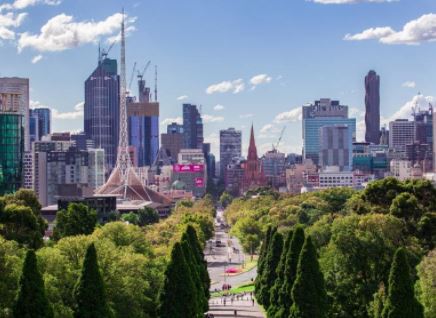Preface
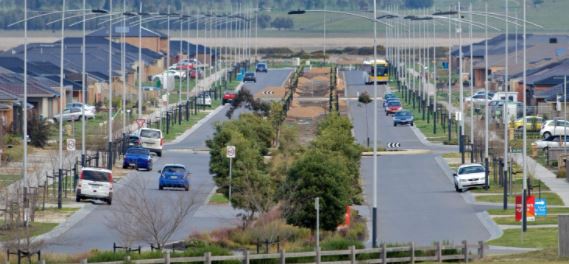
In the past ten years, Australia’s population has grown by 3.8 million. Among the capital cities, Melbourne has the fastest growth-nearly 1 million new immigrants in the ten years ending in June 2016. With this growth, the social infrastructure needs to be expanded-all the common social services and facilities that people need throughout their lives, which are critical to the livability of the area. However, our analysis shows that there is a clear mismatch between the fastest-growing regions and the social infrastructure available to these communities.
The suburbs in the outer growth corridor of Melbourne are growing fastest, and the number of young families and school-age children has greatly increased.
Local government areas with the fastest population growth between 2006 and 2016 include Whittlesea, which grew by 62%, Cardinia by 69%, and Wyndham, which reached a staggering 98%, or 113,000 people. In sharp contrast, Nillumbik has the lowest population growth at 4.5%, or 2,765 people. Population growth has had a huge impact on community planning and the services it provides. The government uses demographic data, such as those from the Australian Bureau of Statistics, to provide policy and planning decisions for the location and funding of schools, hospitals, parks, roads, and public transportation. These are the physical infrastructure needed for human settlements.
Usually the most concerned is this kind of “hard” infrastructure, such as transportation, electricity, water and telecommunications, which are of great significance to economic development. In contrast, social infrastructure is often referred to as “soft” infrastructure. The name does not reflect its important role in society and its importance to health, well-being and livability.
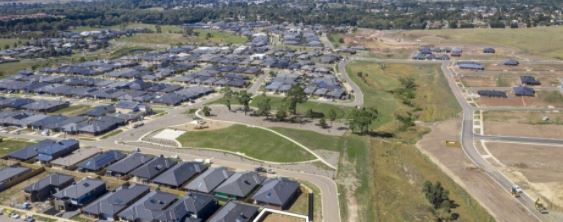
What is social infrastructure
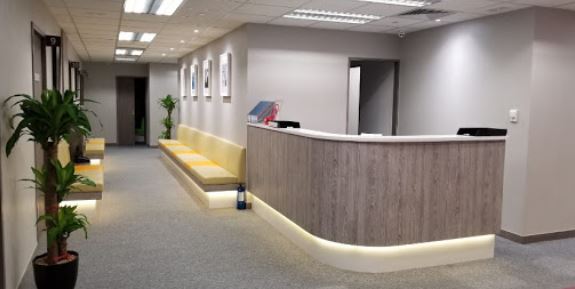
Social infrastructure describes the public services and facilities that people need throughout their lives. These have a very important impact on the livability of the region. It also refers to the amenities most people look for when making real estate or residence decisions. These include:
Hospitals, health services and medical centers
Primary and secondary schools, kindergartens and childcare
Libraries, community centers and neighborhood houses
Public transportation, walking and cycling options
Community agency
Cinemas, museums and galleries
Swimming pools, stadiums, parks and public places
Police, ambulance and fire station
Aged care and retirement accommodation, social housing, and multiple housing options for all age groups and population groups. These are the key elements of a livable city. They create conditions to promote the health and well-being of all urban residents, not just those living in wealthy, well-served suburbs.
The quality and scope of services that people can obtain for life, study, work and entertainment directly affect their long-term health and the future development of chronic diseases. Importantly, this means that government-sponsored social infrastructure has long-term benefits for national health prevention. As a result, good design and planning for a well-served community will directly benefit all sectors of society.

Melbourne’s social infrastructure
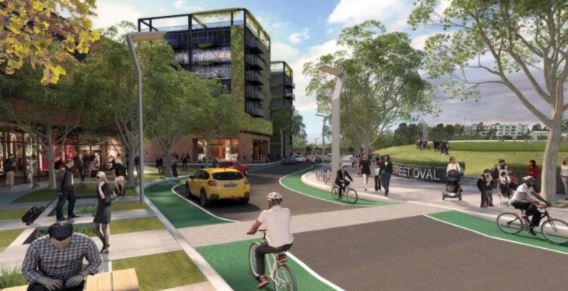
Social infrastructure should be distributed fairly and justly among cities. However, Melbourne’s fastest-growing suburbs have the least number of families and children served.
People living in the new suburbs must wait for enough people to enter before the government can justify the provision of new social infrastructure. This means that it may take years to build important services such as local schools, parks and community facilities. Current social infrastructure planning methods encourage reliance on cars in our cities, social isolation and apparent inequality. This has devastating effects on the livability of certain areas and the health and well-being of residents.
This is especially unfair when people are often forced to relocate to external growth areas to find affordable housing. This creates a hotbed for complex social issues and differences in physical and mental health. The result is that people in the community do not enjoy a healthy, active lifestyle and quality neighborhood atmosphere.
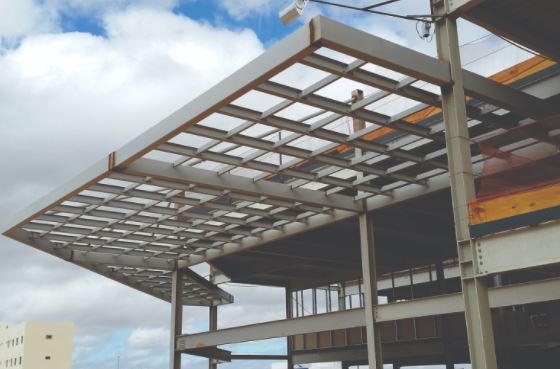
Create more livable communities
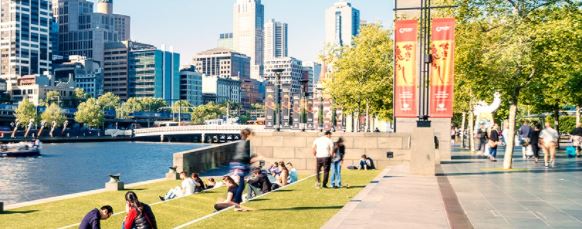
Setting up a new infrastructure is very expensive. The simple solution is to share the existing social infrastructure with new neighbors for the well-served inner and mid-city areas.
This means increasing density in these areas and sharing existing services (please note that “the opponents are not in my house” develop opponents). This is an important recommendation of the Victorian Infrastructure 30-year Plan, and is consistent with the Melbourne plan to maintain livability. The new suburbs will also continue to develop. Here, people need to enter the social infrastructure first. This is important because early changes to the methods used to determine social infrastructure needs will also greatly improve the livability of these areas.
A fairer method of social infrastructure planning is based on visits. Hard infrastructure (such as roads) is established during the development process, and the same model should be applied to provide social infrastructure. This will ensure easy and convenient access to social facilities and services, thereby creating healthier and more liveable communities. Need to reconsider the government planning process and the contribution of developers.
